Though they first appeared in the mid-1980s, run flat tires (RFT) are now more popular than ever. With some auto manufacturers making them standard in new vehicles, more consumers are asking about run flats, their advantages, and how using them impacts driving.
Run flat tires are tires on which you can continue driving after a puncture so you can take time get to an auto shop or find a safe, level area to change your tire.
You can’t drive on them indefinitely, though. Check the manufacturer’s specifications to find out how fast and how far you can drive on your run flat tires. Bridgestone run-flat tires will allow continued operation even after a loss of some or all inflation pressure for up to 50 miles (80 km) at a maximum speed up to 50 mph (80 km/h.)
There are two primary types of run flat tire systems: the self-supporting system and the support ring system.
In most self-supporting run flat tire systems, the tire features reinforced sidewall construction that will continue supporting the vehicle in the event of air loss. This construction allows continued operation after the loss of air pressure up to the speed and distance specified by the manufacturer.
Support ring run flat tire systems, on the other hand, employ a ring of hard rubber or another structure that can support the vehicle’s weight in an air loss condition.
Since they continue performing even though they’re “flat,” all run flat tires, regardless of the specific system type, may only be used on a vehicle equipped with a Tire Pressure Monitoring System (TPMS). The TPMS alerts you as soon as one of your tires loses pressure. Without it, you might not know you were driving on an underinflated tire.
You don’t have to change your tire in dangerous or uncomfortable conditions. This is perhaps the biggest benefit of run flat tires and is the one of the reasons why they were designed.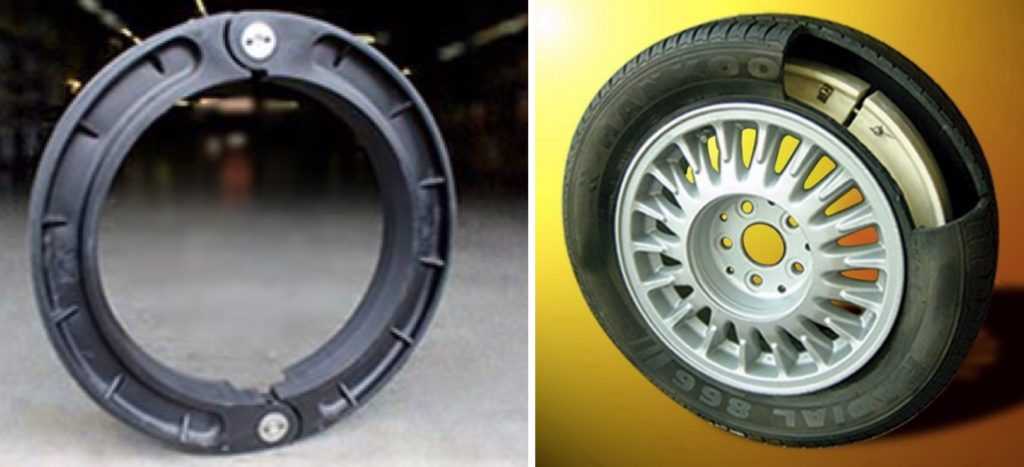 With conventional tires, you have to replace a flat on the spot or have your car towed.
With conventional tires, you have to replace a flat on the spot or have your car towed.
In a puncture situation, run flats are more stable than conventional tires. Since they’re made to support your vehicle even when they contain no air, run flat tires will help you maintain better control in a complete air loss situation than conventional tires.
As consumers continue rating safety high on the list of features they look for in a vehicle, the popularity of run flat tires is expected to grow. Since run flat tires work reliably with interconnected technologies like TPMS, it may only be a matter of time before they become the norm rather than the exception in new vehicles.
There’s never a good time for a flat. That’s why Bridgestone DriveGuard tires are masterfully engineered to keep you moving for up to 50 miles at speeds up to 50 MPH without disruption.
See Details Find Your Fit
There’s never a good time for a flat.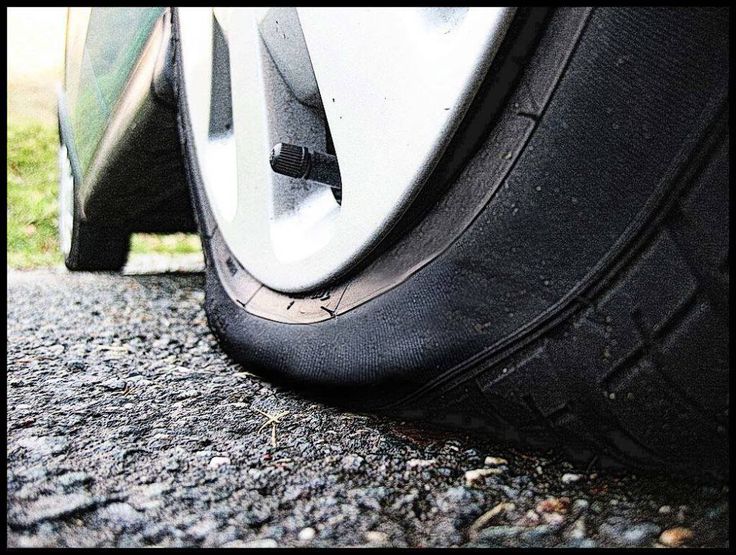 That’s why Bridgestone DriveGuard tires are masterfully engineered to keep you moving for up to 50 miles at speeds up to 50 MPH without disruption.
That’s why Bridgestone DriveGuard tires are masterfully engineered to keep you moving for up to 50 miles at speeds up to 50 MPH without disruption.
Run flat tires have emerged as a reliable option for people who don’t know how to change a tire or would prefer to avoid it altogether for reasons of convenience or safety.
Although they’ve been around for decades, owners still have several questions on their reliability in an emergency. We’ve gone ahead and answered them here.
Run flat tires have been observed to last for around 17,000 miles (27,359 km), or 6,000 miles (9,656 km) less than conventional tires. Additionally, when a run flat tire gets a puncture, you can drive it for as far as 50 miles at 50mph under normal conditions provided that sudden motions like sharp turns or hard braking are avoided.
If you’re looking to learn more about how many miles you can get from run flat tires, how reliable they are in an emergency, how often they need to be replaced, their pros and cons, and more, keep reading!
Independent consumer-oriented research organization Consumer Reports found in 2013 that run flats had a far lower average tread life than conventional tires.
At about 16,560 versus 22,560 miles, they have to be replaced significantly more often.
This question is often asked with relation to how far one can go on a punctured run flat, and most major manufacturers put the distance at 50 miles under optimal conditions such as vehicle weight, their position on the vehicle, ambient temperature, etc.
They also recommend that you drive at 50mph to ensure you get the most you can out of the punctured tire.
This makes them a suitable option for people who don’t know how to change tires or would like to get rid of a spare to create additional storage space within their vehicle.
Before they were available for everyday vehicles, run flats were made for military and armored vehicles to avoid immobilization that would put them at a disadvantage when dealing with bad-faith actors.
For this reason, they’re recommended for people that would use them along lonely freeways, at night, or other similar situations so they’re not stranded and vulnerable.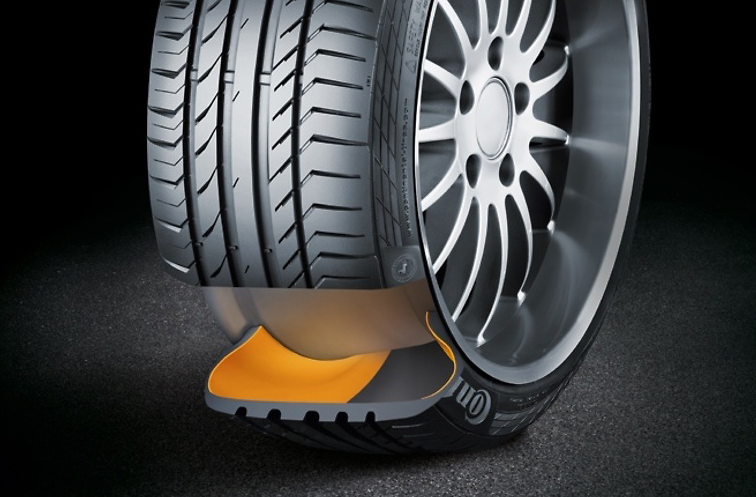
Overall, yes they do. In 2012, Bridgestone and BMW settled a class-action lawsuit that was raised in response to their run flat tires being less durable than was expected.
Honda and Michelin also settled a similar suit in 2009 over the tires in certain models of the Honda Odyssey and Acura RL.
These cases were over misleading marketing and while that has gotten better over the years, the tires still drag behind the conventional ones in terms of durability, discussed below.
A run flat can be replaced after they sustain a puncture, but it’s generally recommended that you shouldn’t.
Their internals consist of either a self-supporting or support ring system, and both are more complex than normal tires.
If a run flat gets a puncture, experts recommend a complete replacement rather than repair as its structural integrity will often not hold up too well after it’s been compromised the first time.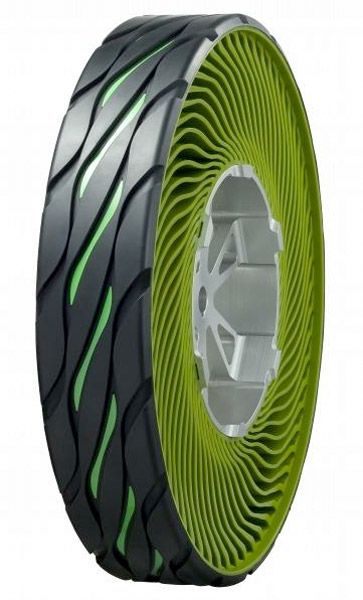
Other factors that necessitate replacement include the loss of rigidity and uneven wear that could make the tire more unstable and susceptible to future incidents.
Manufacturers recommend that you should not try to repair a run flat that has sustained damage from a nail, instead directing you to replace the whole thing.
This is because, as stated above, they are made with more components than traditional tires so it would be difficult to determine whether the nail inflicted more internal damage than assumed.
Like traditional tires, it is possible to replace a single run flat tire with wear or damage.
In most cases, it would cost more and be harder to find one that’s compatible with the rest of the set for reasons discussed further below.
If you’ve gone through the previous section and have decided to bite the bullet and switch over to traditional tires, the good news is that you can!
Today, they’re more common on certain models of BMW, Mini and Mercedes-Benz, all popular enough that it would be easy to find a compatible set of wheels from your local auto shop.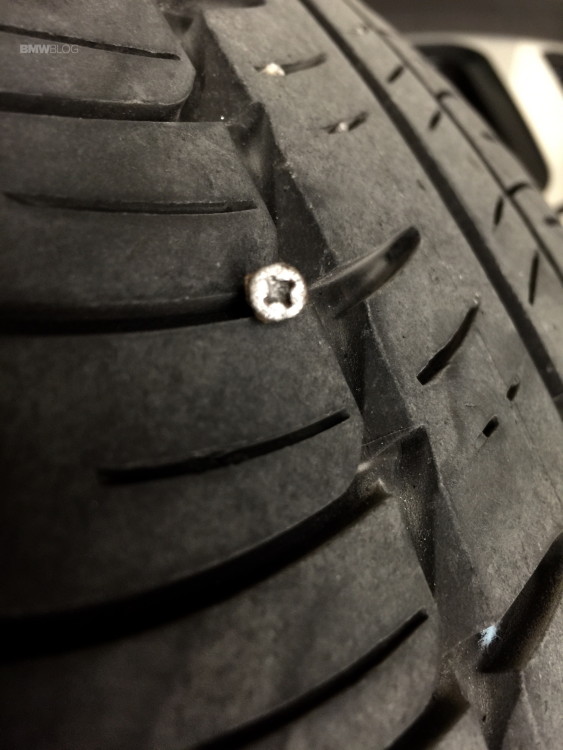
You would need to seek the advice of a professional to make sure that you’re getting the right fit for your vehicle depending on size, intended use, etc.
Most manufacturers that ship vehicles with run flats installed usually do this to free up the space that would have gone to having a spare, something that’s most evident with Minis, so if you switch over, you should have a solid alternative plan in case of a puncture.
Learn how to change a tire and find a way to fit a spare somewhere on the car, even if it isn’t a full-size one – just something that gets the job done.
Otherwise, You could also have a reliable towing service on hand, especially for when you’re driving through less populated areas or at night.
Toyota and Dunlop settled a suit regarding the run flat tires they used on some 2004 and 2005 all-wheel drive Siennas. The suit alleged that the tires started wearing after as little as 9,000 miles (about 14,500 km).
BMW owners of models such as the X5, 550, 535i, and more have reported getting anywhere from 20,000 miles to as high as 50,000 miles from their run flat tires.
Pirelli says that after a puncture, their run flat tires could go for at least another 50 miles at a maximum speed of 50 mph.
Continental advertises their self-supporting run flat tires as able to last an additional 80km at 80 km/h and providing an additional 80 liters (21 gallons) of trunk space.
Mini Cooper enthusiasts have estimated that considering factors such as the weight of the car, a Mini with a punctured run flat tire could go an additional 100 miles at 50 mph.
Mercedes Benz specialists place the vehicles’ run flat tires at 50 miles at speeds of up to 50 mph.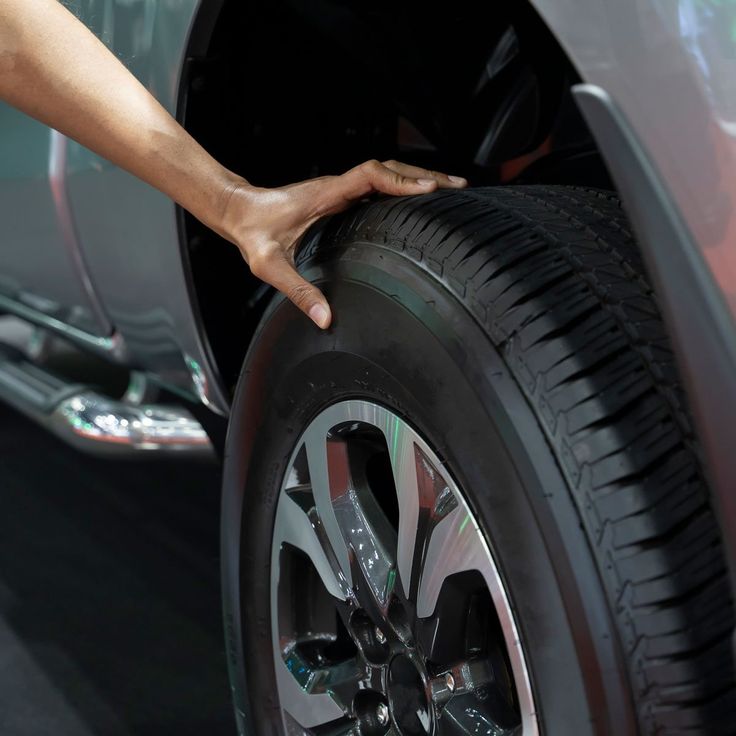
Bridgestone says that their run flat tires can provide the driver with 50 more miles at a maximum speed of 50 mph.
Michelin’s Zero Pressure brand of tires use run flat technology that provides 50 miles at 50 mph in the event of a puncture.
Goodyear uses its Run On Flat or Extended Mobility Technology (EMT) to manufacture run flat tires that last for an extra 50 miles at 50 mph when punctured.
Run flat tires are good for people who aren’t too skilled with changing tires on their own, but their adoption has stagnated at 15% over the past few years due to some pretty significant tradeoffs that go beyond the shorter life span mentioned earlier in this article.
For starters, due to their low market penetration, they’re harder to come by as they’re not stocked as widely, making them a less attractive option for use outside of large metropolitan areas.
This means that while they may get you to the nearest service station, you could end up waiting longer than usual to find a replacement, let alone one that fits your vehicle.
They’re also more expensive than conventional tires. Prices and estimates vary greatly depending on where you’re looking, but they’re always the costlier option, with a price tag that averages out within the mid hundreds.
As stated above, replacing the whole tire is recommended over repair when an issue arises so that definitely drives up the overall cost of owning them compared to the traditional variants.
Their construction means that they’re heavier and interfere with the smoothness of the ride and gas mileage. Their rigid side walls also mean that they’re not as good at absorbing shock, resulting in a rougher ride.
Detecting an issue with the tires could also be a problem, since they rely on onboard monitoring systems and you can’t tell if a tire needs fixing just from how the car handles as is the case with conventional tires.
They’re hooked up to your car’s tire pressure monitoring system (TPMS) and if that should fail for whatever reason, you have virtually no way of knowing that something’s wrong until it’s too late.
To know more about flat tires, you can also read our posts on how common are flat tires, flat spots on tires, and blown-out tires.
Run flat tires are definitely an invention for convenience that allow a driver an additional 50 miles after a puncture to get themselves to help or safety.
However, they come with limitations such as higher costs, severely limited repair options and a much shorter life span.
Depending on your preference, they can serve their intended purpose with care and attention, but replacement with traditional tires is also possible if desired.
How dangerous is this, and in general, is it worth worrying about this seriously?
Maxim Stroker
There are several reasons why a tire may be flat.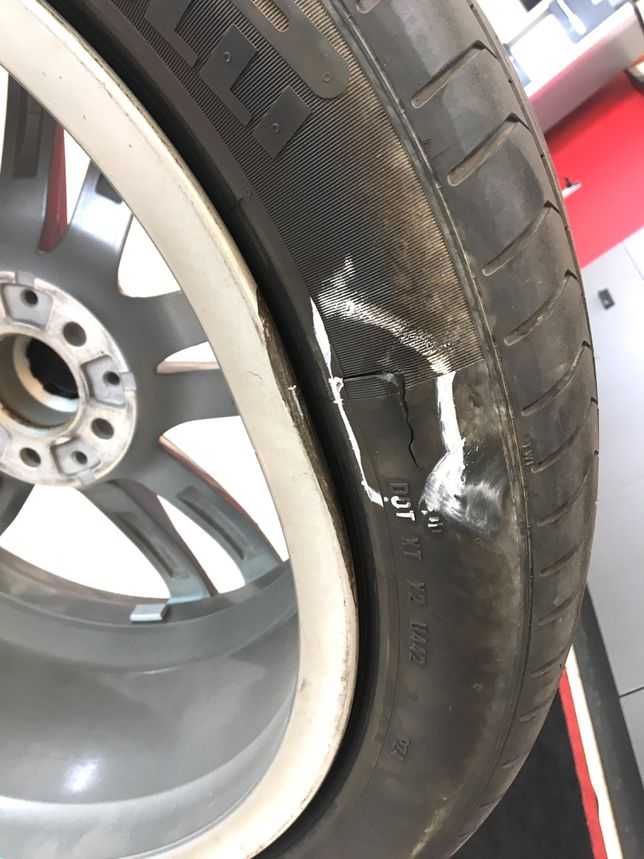 The first is related to the leakage of the nipple. Because of it, the air slowly leaves the tire, the pressure drops, the tire imperceptibly deflates. This process, as a rule, is not fast, and the car owner does not immediately notice changes in the shape of automobile rubber. But at some point, he draws attention to the clear differences between the two wheels of his car - normal and deflating.
The first is related to the leakage of the nipple. Because of it, the air slowly leaves the tire, the pressure drops, the tire imperceptibly deflates. This process, as a rule, is not fast, and the car owner does not immediately notice changes in the shape of automobile rubber. But at some point, he draws attention to the clear differences between the two wheels of his car - normal and deflating.
The second case of a flat tire is a puncture. Moreover, one in which a small nail, screw or similar piece of iron is stuck into the rubber, pierces it through, but remains in it. At the same time, the air, again, will ooze slowly and the driver at first will not understand at all what's what.
Another option is a slight damage to the disc in the form of a dent or concavity where the tire bead rests on it. Similar “injuries” are formed on the go, when the car gets into a hole at a decent speed, or when the wheel hits hard, for example, on a curb. In the resulting gap between the rubber and the disk, air begins to “poison”.
In any case, the result is the same: for some time the car drives on a half-flat tire. What is happening? Under the weight of the car and without pressure support inside the tire, to one degree or another, it is crushed. The load and wear begins to be perceived not by the tire tread, but by its sidewalls.
The trouble here is not only that those surfaces that are initially completely unsuitable for such treatment begin to rub against the asphalt. With such operation, among other things, the metal cord in the thickness of the rubber does not work at all correctly.
A half-flat tire has much more rolling resistance than a full and inflated tire. As a result, in addition to an increase in fuel consumption, the car “drags” to the side on the go, and its reactions to control become more “smeared”. At high speed, due to the fault of a half-flat tire, you can lose control of the car literally out of the blue. And even more so in a critical situation.
So, in a good way, you can’t drive on a half-flat tire at all.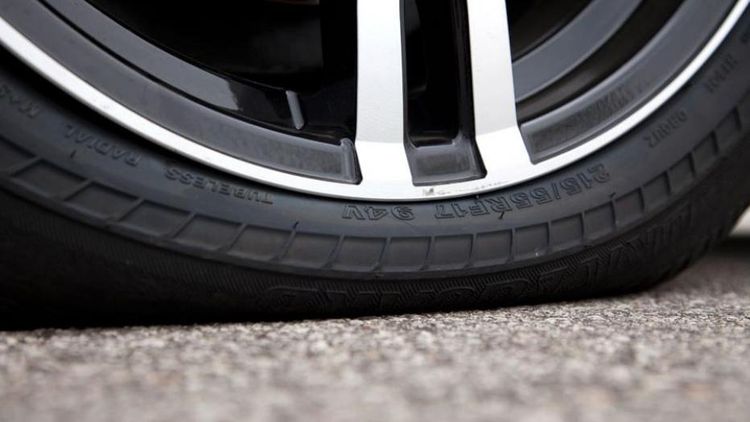 Ideally, it needs to be urgently pumped up and moved in the direction of the nearest tire shop. But it happens that there is no pump in the car.
Ideally, it needs to be urgently pumped up and moved in the direction of the nearest tire shop. But it happens that there is no pump in the car.
In this case, the degree of air loss from the tire should be critically assessed. If it is clear that the disk does not yet touch its inner side, it is quite possible to drive on it from a dozen kilometers to the place of repair - at a minimum speed, avoiding sharp turns and regular stops to visually monitor the condition.
Driving in this mode gives a good chance that the rubber will not “sting” and it will fit for further use after the tightness is restored. If there is no desire to take such risks, you will have to get a spare wheel.
We get acquainted with the updated large Korean sedan
22819
wheels, summer tires, repairs, tires, winter tires
1 What is RunFlat?
RunFlat is translated into Russian as “flat driving” or driving on a flat tire.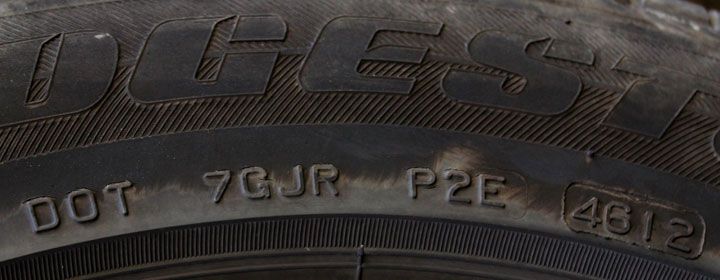 Tire manufacturers use different technology designations (example: Goodyear RunOnFlat, Bridgestone RFT, Michelin ZP, Continental SSR, Pirelli Run Flat, Dunlop RunOnFlat, Nokian Flat Run, Yokohama ZPS, Kumho XRP).
Tire manufacturers use different technology designations (example: Goodyear RunOnFlat, Bridgestone RFT, Michelin ZP, Continental SSR, Pirelli Run Flat, Dunlop RunOnFlat, Nokian Flat Run, Yokohama ZPS, Kumho XRP).
2 What are RSC tires?
RunFlat System Component is a single designation for all RunFlat tires installed on BMW vehicles.
3 What is the difference between Run Flat tires and regular tires?
4 How RunFlat Tires Work?
RunFlat technology is based on the concept of reinforced tire sidewalls. When a conventional tire deflates, it simply sags under the weight of the car, the beads move away from the rim and the sidewalls flatten onto the road. The weight completely destroys the tire in a few kilometers.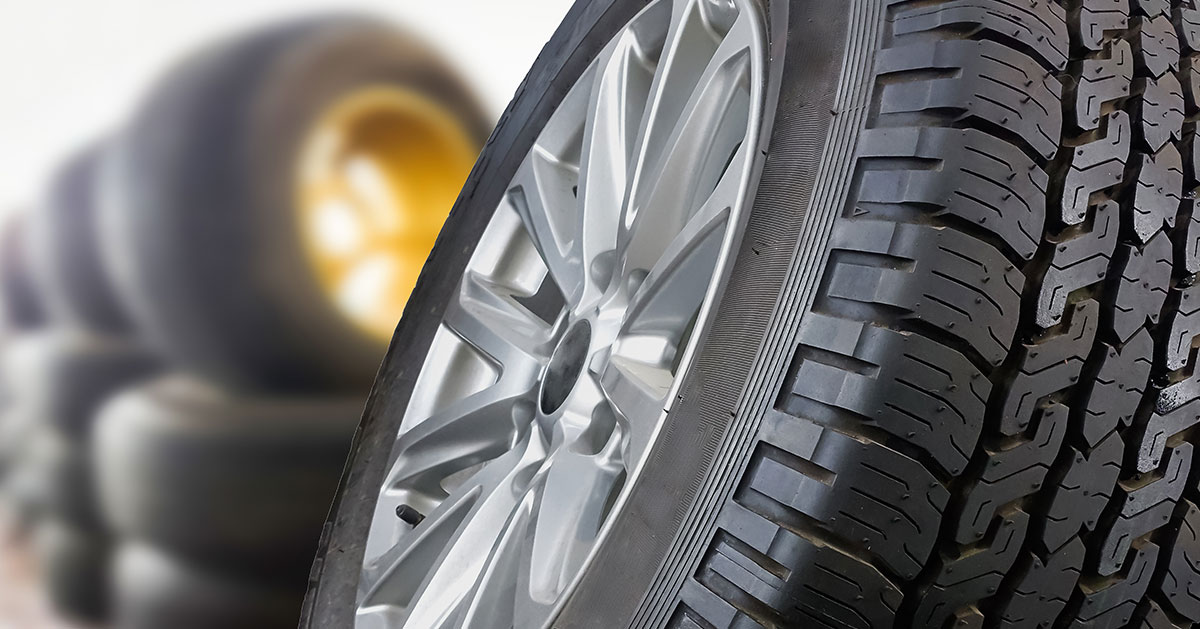 Reinforced sidewalls of RunFlat tires keep the tire on the rim and successfully support the weight of the car after a puncture and complete loss of pressure. At the same time, all dynamic vehicle security systems such as ABS, ESP, DSC, CBC, etc. remain active.
Reinforced sidewalls of RunFlat tires keep the tire on the rim and successfully support the weight of the car after a puncture and complete loss of pressure. At the same time, all dynamic vehicle security systems such as ABS, ESP, DSC, CBC, etc. remain active.
5 How many kilometers and at what speed can you drive after a puncture?
The maximum run-flat distance depends on the tire manufacturer and operating conditions (50-150 km) The maximum vehicle speed is 80 km/h.
6 What are the differences in RunFlat technology between tire manufacturers?
7 Are there conditions for the use of Run Flat tires?
Without a tire pressure monitoring system installed, the operation of RunFlat tires becomes extremely dangerous, because the driver may not feel the loss of pressure in the tire and continue to move without speed limits, making sharp turns and maneuvers.